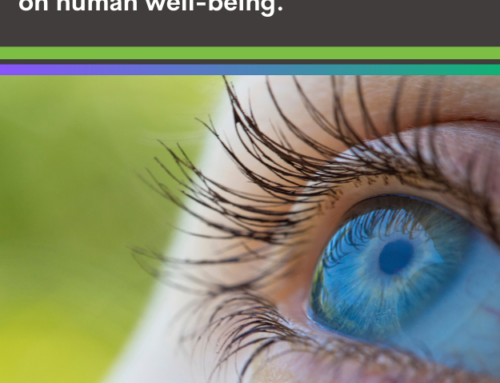The Green Care Code

Just as health care professionals diagnose a patient’s illness and prescribe appropriate treatment, so too are a growing number of building professionals diagnosing how buildings affect human health and the environment and prescribing strategies to minimize these impacts. This is in response to mounting evidence that buildings through their life cycle are significant causes of human illness and environmental degradation. According to the U.S. Environmental Protection Agency (EPA) and its Science Advisory Board (SAB), indoor air pollution is one of the top five environmental risks to public health.i On average, people in the US spend 90% of their time indoors. Many common construction materials can emit dangerous compounds and harbor infectious molds, fungi and bacteria. Specific materials such as adhesives, carpeting, upholstery, and manufactured wood products emit volatile organic compounds (VOCs), including formaldehyde, a probable human carcinogen. PVC (Polyvinyl chloride or vinyl) products such as in flooring, carpet and wall covering can release a variety of hazardous additives, including endocrine disrupting phthalate plasticizers and heavy metal stabilizers. For people confined indoors due to illness and particularly for those with depressed immune systems, both prominent populations in healthcare facilities, the consequences of any of these impacts can be significant. As well, facility staff and visitors are susceptible to the range of potential health effects of poor indoor air quality, including asthma and other respiratory health problems, cancer, and reproductive and developmental impairment.





